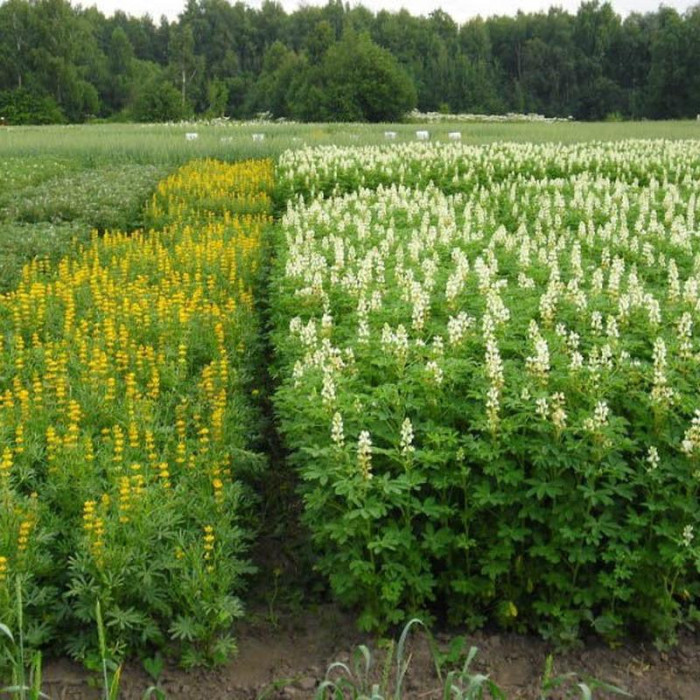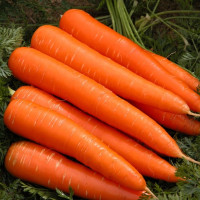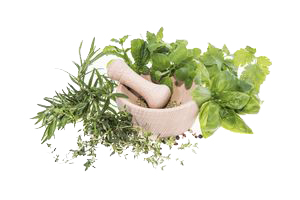Lupine perennial fodder (multifolium) - is a herbaceous, perennial plant from the genus of the legume family. Lupine has an erect, branching stem 1-1.5 m high. The root system is taprooted and penetrates deeply into the soil. The leaves are usually alternate, petiolate, palmately compound. The inflorescence is a vertical raceme. The flowers are brightly colored, mostly white. The fruits are leathery beans, multi-seeded, often cracking when ripe. The seeds vary in shape, color and size.
To obtain feed and green fertilizer, lupine is usually sown in fallow fields; stubble and mowing crops are also used. The depth of seed placement should not exceed 3-4 cm on sandy soil, and 2-3 cm on loamy soil.
Lupine is planted in rows or wide rows. The row spacing is 40-50 cm. The planting scheme does not affect the yield, but the second method is more often used. With such planting, it is easier to care for the field, and it becomes possible to use special equipment for processing it.
The sowing depth depends on the soil. On sandy loam areas it is 3-4 cm, on loams 2-3 cm. To comply with this technological requirement, on sandy soils in a temperate climate, soil compaction is carried out before sowing. In dry weather, this procedure is repeated after sowing. Phosphorus, potassium and microelements in the form of boron and molybdenum are used to fertilize plantings.
Why is fodder lupine grown?
Most gardeners consider lupine a wild weed. But thanks to its beneficial properties and bright flowering, this plant is widely used as:
- Biological feed for poultry and animals
- Organic fertilizer
- Landscape design element
- On an industrial scale, fodder lupine is grown to enrich the diet of poultry and cattle.
For these purposes, varieties of fodder lupine are grown that do not contain alkaloids. They give greens and fruits a special bitterness. All parts of the flower are used as food: young stems, ripe fruits. It is also used to make hay, silage, flour and pellets. They are added to feed mixtures. The green aerial part of the plant contains a large number of biologically active substances. It is especially valued for its rich content of nitrogen compounds.
Feed lupine is widely used in agriculture for feeding poultry, fish and large animals, both in industrial and domestic conditions. The percentage of protein that is easily absorbed by animals is especially appreciated. Introduction to their diet contributes to good development and improvement of the quality of meat and lard. When feeding other legumes, soybeans or grains, this effect is less noticeable.

No questions about this product, be the first and ask your question.














